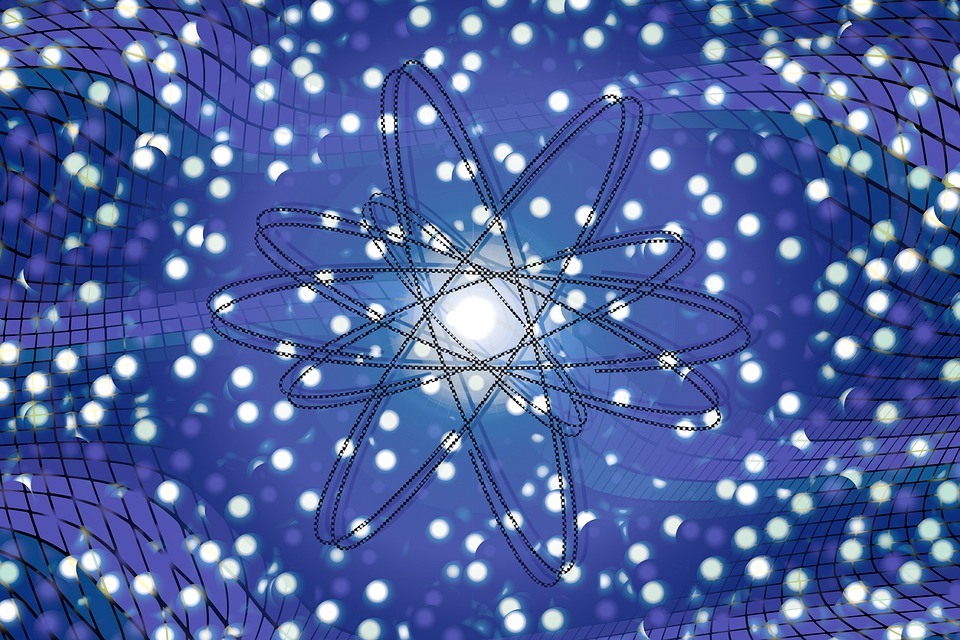
The American Abstract Expressionism movement, also known as the New York School, was a post-World War II art movement that originated in New York City. It emerged in the 1940s and reached its peak in the 1950s, transforming the art world in America and influencing artists across the globe. The movement was characterized by a departure from traditional representational art, instead emphasizing the individual artist’s spontaneous expression and emphasizing the act of painting itself.
The development of the American Abstract Expressionism movement was influenced by several factors, including the traumatic experience of World War II, the rise of New York City as the global center of art and culture, and the influence of European avant-garde movements such as Surrealism and Cubism.
One of the key influences on the development of Abstract Expressionism was the Surrealist movement, which emerged in the 1920s in Europe. Surrealism rejected traditional notions of rationality and celebrated the irrational and subconscious mind. Surrealists believed that art should express the unconscious and the irrational, and many artists associated with the American Abstract Expressionism movement, including Jackson Pollock, were heavily influenced by this philosophy.
Another important influence on the American Abstract Expressionism movement was the rise of New York City as the global center of art and culture in the mid-20th century. The city’s vibrant cultural scene attracted artists and intellectuals from around the world, including many who would go on to become associated with the Abstract Expressionism movement.
The American Abstract Expressionism movement was also influenced by the trauma of World War II. The horrors of the war led many artists to question traditional values and modes of representation, leading to a desire to create a new form of art that could express the sense of chaos and uncertainty of the post-war world.
The American Abstract Expressionism movement was characterized by several key features. One of the most notable characteristics of the movement was its emphasis on the act of painting itself. Artists associated with the movement, such as Jackson Pollock, Willem de Kooning, and Mark Rothko, rejected traditional representational art, instead embracing an approach that emphasized the physical act of painting. They sought to create art that was free of any external reference and that celebrated the act of creation itself.
Another key characteristic of the American Abstract Expressionism movement was the use of large, gestural brushstrokes. Many artists associated with the movement, such as Pollock and de Kooning, created works that were characterized by sweeping, dynamic brushstrokes that emphasized the physicality of the painting process.
The American Abstract Expressionism movement was also characterized by a focus on individuality and personal expression. Artists associated with the movement sought to create works that were uniquely their own, rejecting any sense of conformity or adherence to traditional norms or values.
One of the most famous artists associated with the American Abstract Expressionism movement was Jackson Pollock. Pollock’s work was characterized by his use of “drip” painting, a technique in which he would pour, splash, and drip paint onto the canvas in a spontaneous and uncontrolled manner. His works, such as “Number 1A, 1948” and “Autumn Rhythm,” are celebrated for their dynamic energy and their rejection of traditional representational art.
Another important figure in the American Abstract Expressionism movement was Willem de Kooning. De Kooning’s work was characterized by his use of gestural brushstrokes and his exploration of the female form. His works, such as “Woman I” and “Excavation,” are celebrated for their raw energy and their rejection of traditional notions of beauty and representation.
Mark Rothko was another important figure in the American Abstract Expressionism movement. Rothko’s work was characterized by his use of large, color-field paintings that were intended to evoke an emotional response from the viewer. His works, such as “No. 61 (Rust and Blue)” and “White Center (Yellow, Pink and Lavender on Rose),” are celebrated for their use of color and their ability to evoke a sense of contemplation and introspection.
Other notable artists associated with the American Abstract Expressionism movement include Clyfford Still, Barnett Newman, and Robert Motherwell, among others. Each of these artists contributed to the development of the movement, bringing their own unique perspectives and approaches to abstract art.
The American Abstract Expressionism movement had a profound impact on the art world and influenced artists across the globe. It represented a rejection of traditional representational art and celebrated the individual artist’s spontaneous expression and the act of painting itself. The movement’s emphasis on personal expression and individuality would go on to influence subsequent art movements such as Pop Art, Minimalism, and Postmodernism.
In conclusion, the American Abstract Expressionism movement developed in the aftermath of World War II, influenced by the trauma of the war, the rise of New York City as a cultural center, and the influence of European avant-garde movements such as Surrealism. The movement was characterized by its emphasis on the act of painting itself, the use of large gestural brushstrokes, and a focus on personal expression and individuality. The works of artists associated with the movement, such as Jackson Pollock, Willem de Kooning, and Mark Rothko, continue to be celebrated for their dynamic energy, their use of color, and their rejection of traditional representational art. The American Abstract Expressionism movement represented a significant departure from traditional modes of representation and had a profound impact on subsequent art movements, cementing its place as one of the most important art movements of the 20th century.







